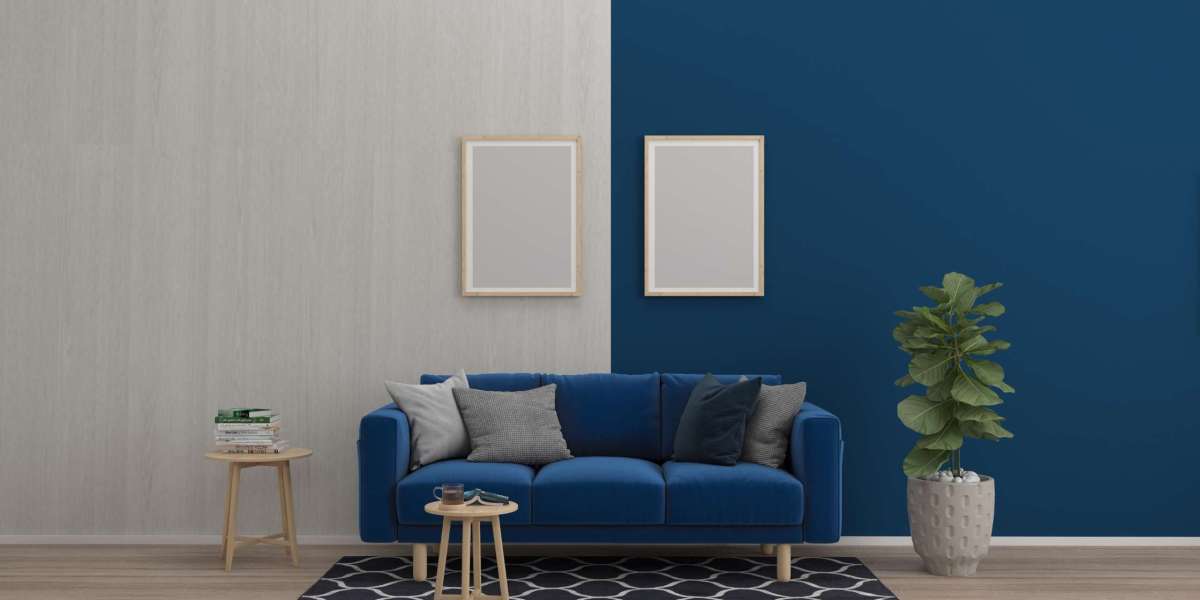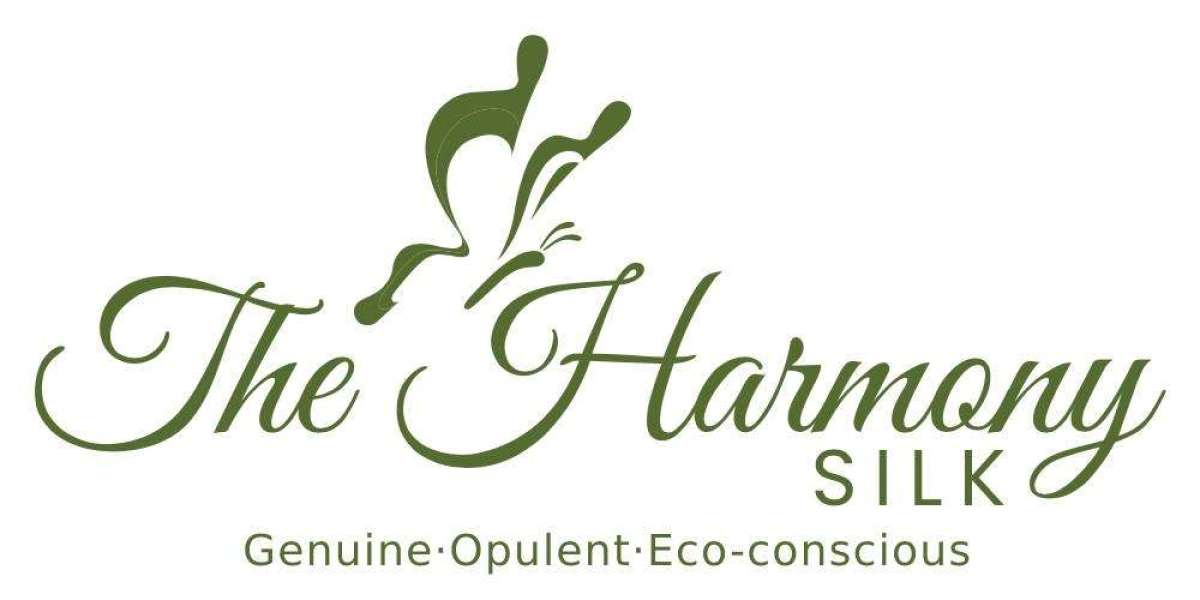So, you’re considering enrolling in an interior design course. Maybe you've always had an eye for beautiful spaces, or you're looking for a career that blends creativity and practicality. But before you take the leap, you're probably wondering:
“What will I actually learn in an interior design course?”
The answer is — a lot more than just how to match curtains with couches. A good interior design course goes far beyond aesthetics. It prepares you to think like a designer, solve real-world problems, and bring spaces to life — functionally, emotionally, and artistically.
Here’s a breakdown of what you can expect to learn in a well-structured, industry-relevant interior design program:
1. Core Design Principles
At the heart of interior design are foundational design principles that help you create balanced, harmonious spaces. You'll learn concepts like:
Balance (symmetrical, asymmetrical, radial)
Rhythm and repetition
Emphasis and focal points
Proportion and scale
Unity and variety
These principles will become your design language — helping you make intentional decisions and explain your vision with clarity.
2. Space Planning
One of the most critical skills for a designer is understanding how to use space effectively. You'll learn:
Zoning and circulation flow
Furniture layouts
Traffic patterns
Maximizing function in small spaces
Creating multipurpose areas
By the end, you'll know how to transform even awkward or tiny rooms into highly functional, inviting environments.
3. Color Theory and Application
Color can make or break a space. A good course teaches you:
The psychology of color
Warm vs. cool tones
Color harmonies (complementary, analogous, triadic)
How lighting affects color
How to create mood and cohesion with color palettes
You’ll also gain the confidence to use bold, creative color schemes — not just “safe” choices.
4. Materials and Finishes
Understanding materials is crucial for creating practical and durable designs. You’ll learn:
Types of flooring (wood, vinyl, tile, carpet, etc.)
Wall treatments (paint, wallpaper, paneling)
Ceiling options and false ceiling designs
Upholstery and fabric selection
Surface finishes (matte, gloss, texture)
Sustainable and eco-friendly materials
You'll know how to select the right materials based on aesthetics, durability, budget, and maintenance needs.
5. Lighting Design
Lighting isn’t just about visibility — it’s about mood, function, and drama. You'll explore:
Types of lighting: ambient, task, and accent
Natural vs. artificial lighting
Lighting layout and planning
Choosing the right fixtures for different spaces
Energy-efficient lighting
You’ll learn how to use lighting to highlight key design elements and elevate the overall atmosphere.
6. Technical Drawing & Drafting
You won’t just dream up designs — you’ll also learn how to document them clearly for clients, contractors, and fabricators. This includes:
2D drafting (plans, elevations, sections)
Basic construction drawings
Furniture and fixture detailing
Understanding architectural symbols and notations
These are vital for converting ideas into executable plans.
7. Software Skills
Digital skills are a must in modern interior design. You’ll likely be trained in:
AutoCAD – for 2D drafting
SketchUp – for 3D modeling
Revit – for BIM (Building Information Modeling)
Photoshop – for presentations
Lumion or V-Ray – for realistic renderings
These tools help you present your ideas professionally and work efficiently in collaborative environments.
8. History of Interior Design & Styles
Design doesn’t exist in a vacuum — it evolves. You’ll study:
Historical design movements (Art Deco, Bauhaus, Modernism, etc.)
Iconic designers and architects
Regional and cultural influences
How to identify and mix styles (minimalist, industrial, Scandinavian, etc.)
This helps you develop a deeper appreciation for design and discover your own signature style.
9. Furniture & Fixture Design
You’ll explore how to select, design, and customize furniture and accessories for various interiors. This includes:
Modular and built-in furniture
Ergonomics and dimensions
Material choices
Custom cabinetry and carpentry details
Lighting and plumbing fixtures
You may even work on furniture design projects from concept to model stage.
10. Real-World Project Execution
A strong course bridges theory and practice. You’ll gain exposure to:
Site visits and measurements
Client briefs and mood boards
Budgeting and estimation
Vendor coordination
Project presentation and pitching
Some courses also include internships or live projects to give you industry experience before you graduate.
11. Sustainability & Green Design
With growing demand for eco-conscious interiors, many courses include:
Sustainable materials
Energy-efficient lighting
Waste reduction strategies
Indoor air quality
Green certifications (LEED, IGBC basics)
This ensures you’re designing not just for aesthetics — but for a better future.
12. Soft Skills & Professional Development
Lastly, you’ll also work on the skills that matter just as much as design talent:
Communication and presentation skills
Time and project management
Client handling
Portfolio development
Starting your own design business or freelancing
These help you thrive in the competitive design world and grow your brand as a professional.
In Summary: More Than Just Decorating
A good interior design course transforms you from someone with creative instincts into a qualified, confident, and job-ready professional.
You’ll graduate not just with knowledge — but with a portfolio, real-world experience, technical know-how, and the ability to design spaces that inspire, function, and endure.
Whether you want to work with a design firm, in real estate, architecture, hospitality, or launch your own studio — the right training is your launchpad.



